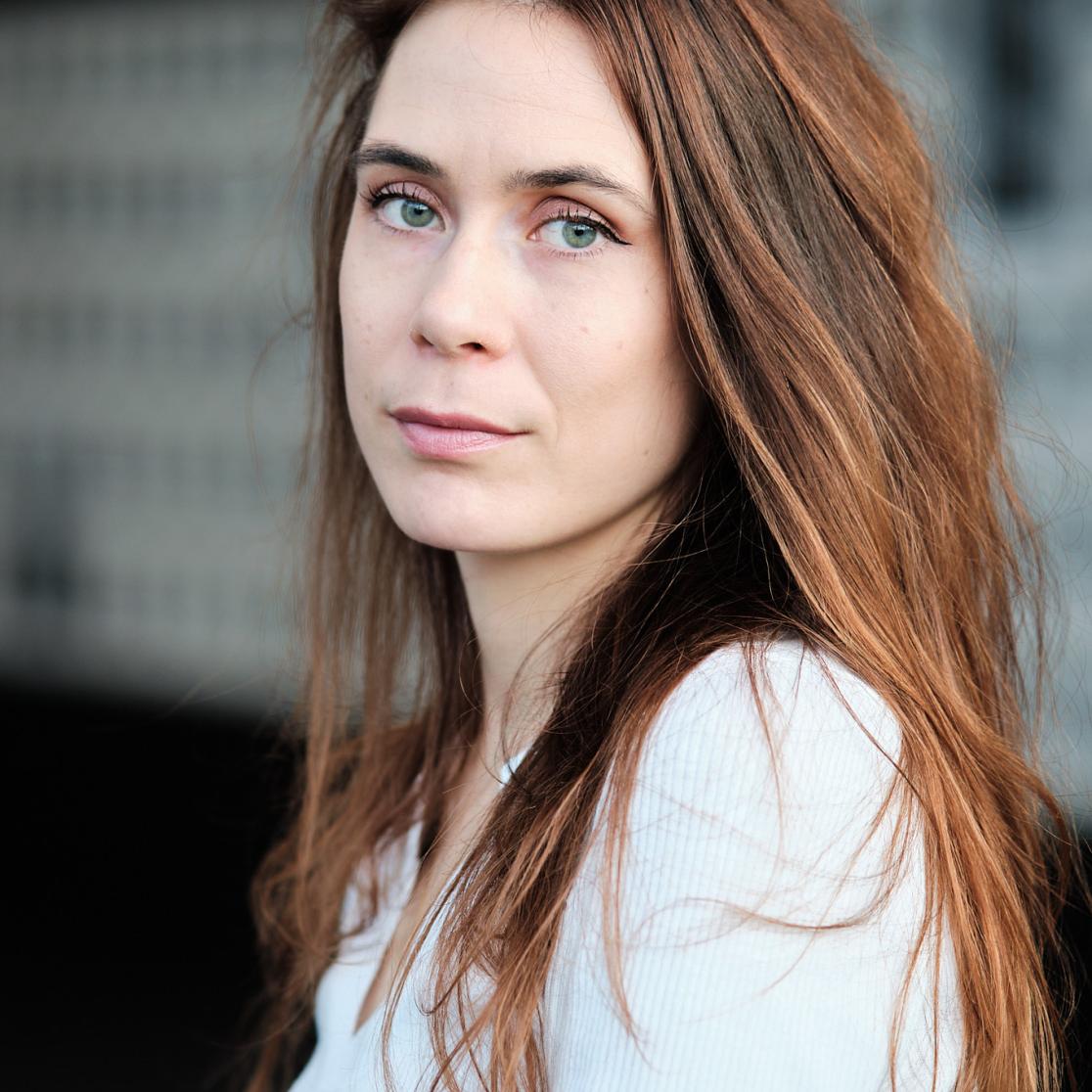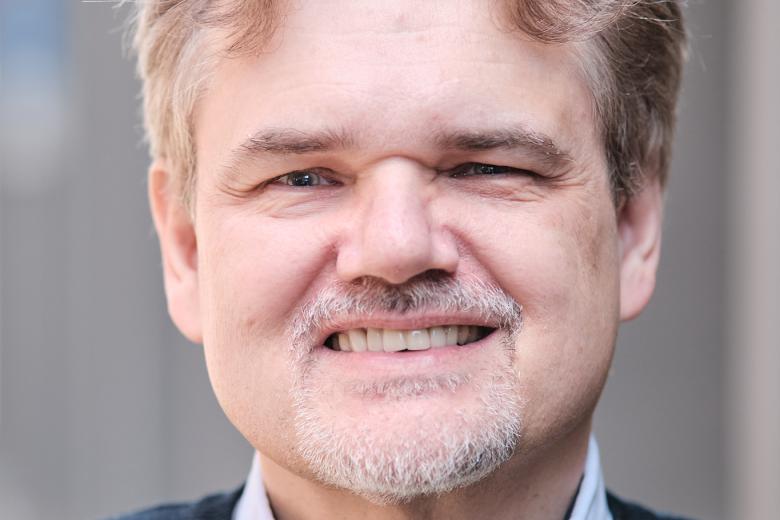Asking the right questions | Brenda Erens
Dr. Brenda Erens started her academic career at the Faculty of Psychology and Neuroscience at Maastricht University. There she did the bachelor in Psychology and subsequently, the master in Forensic Psychology. After graduation, Erens went to work at Veilig Thuis (Safe Home): the advice and report centre for child abuse and domestic violence in Heerlen. There she worked as an investigator, and after a year she became a behavioural scientist. “As a behavioural scientist, you guide the investigators in how they can best approach the incoming cases. You get to really focus on the content: how are these cases handled? And also, how can we improve this?”.
From that perspective, Erens started her PhD research. “Henry Otgaar and Corine de Ruiter (FPN professors) were writing a grant proposal for ZonMW about improving child interviews after traumatic experiences. In that context, all elements came together, and I started the project.” It was a new impulse for Veilig Thuis, Erens was the first to do scientific research within the organisation. And so, she worked 3 days a week as a behavioural scientist, and 2 days as a PhD candidate on the topic of improving evidence-based investigations at Safe Home.
Child interviews after trauma
At Veilig Thuis and the Raad voor de Kinderbescherming (Council for Child protection) there is currently no standard protocol for talking to children. All organisations are free to apply their own method. “The consequence is that methods are used that have no scientific foundation, which makes interviewers often pose wrong questions that can be suggestive”. Suggestive is a word that is mentioned often, it may be the biggest pitfall when you have the task of uncovering the truth in interviewing a child. “You increase the chance that children provide false statements about what has happened to them”.
The main question is: can a validated interview protocol increase the quality of child interviews in comparison to the methods currently used?
There is a lot of international research that shows that the NICHD (National Institute of Child Health and Human Development) protocol improves interview quality. It leads to better questions and consequently, to more detailed answers from children.
The protocol
The NICHD-protocol is freely available and can be used by anyone who speaks to children on a regular basis. Knowing how to use the protocol requires a three day training and regular feedback moments. The protocol consists of 6 phases of which research has proven that they lead to a qualitative forensic interview. “Especially the phases of rapport building, building trust with the child and explaining the ground rules of the conversation are essential”. Because of this rapport building, the child will feel safer to openly talk about what has happened. Explaining the ground rules ensures that the child understand how the conversation will unfold. “, for example, you tell the child: if I say something that is not true, you can tell me, that is not true. Children are often intimidated by authority and don’t dare to say this. This way you give them permission to take that initiative”.
There is flexibility within the protocol, you can take more time in certain phases, and quickly move through others, the interviewer can use their experience to make these decisions. “You can also vary which questions you ask, and which examples you use. You will pose different questions to a 5-year-old, then to a 10-year-old”.
What are better questions?
The goal of the protocol, among others, is that it leads to better questions. But what are better questions? Research shows that open questions yield better results than suggestive questions, but also directive and option-posing questions. “In this context, a suggestive question is a question that introduces information that the child has not yet told. When a child has not said that it has been touched, and you ask: where have you been touched?, you run the risk of the child feeling obliged to give an answer, even if it didn’t happen”. Interviewers often have access to information before the interview, and it is tempting to introduce this to guide the conversation. Open questions are the key to a good child interview. “You want the child to feel free to tell you what has or hasn’t happened out of their own volition, what we call free recall”.
Measuring
How do you measure if an interview was ‘better’? “Firstly, you look at the type of questions an interviewer asks, how many types of questions (see sidebox) are asked and how many of those are open questions. We looked at the answers of the child. How much do they say and how relevant is this information to the investigation. We looked at the mood of the child and how easily they go along with suggestive questions”. The last aspect was measured by Erens by asking some suggestive questions after the interview, to see how eager they were to go along.
“The most important findings are that with the NICHD-protocol, interviewers asked less suggestive and more open questions and children shared more and more relevant information”.
4 types of questions
- Open questions: “tell me…”
- Directive questions: “what, where, who, why…”
- Optional questions: “giving options: was it indoors or outdoors…”
- Suggestive questions: “introducing information that the child itself has not shared”
Relevant information, but what is true?
Children love to talk, especially when they are at ease. But how can you tell whether what the child is telling is the truth? “As an interviewer you always assume that a child is speaking from his or her experience. Then you take all the information that is gathered for a case, what does the school, general practitioner, and parents say, are there injuries, are there witnesses? You add this all up to the statement of the child and together you usually get a pretty clear picture of what has happened. For children it is often a scary and moving experience to talk about what has happened, the chance that they lie under this kind of stress is very small”.
Experience as an interviewer
Talking about these experiences can be scary and moving, but for interviewers it can also be difficult to hear. “It might be difficult to stay focused on your task as an interviewer when the stories are touching and painful to hear. But when you enter this field, you have to be able to deal with these situations. People often choose this career path because they know this is a way to help and support these children. It helps to focus on this goal. You do notice that there are some people who find out during their training that this is not for them. Keeping an eye on the mental wellbeing of employees in this field is always essential”.
“Sometimes, there are cases that stick to you, cases where your gut tells you that something is wrong, but you cannot find proof. If later someone gets convicted, you wonder if you should have done better. But it’s part of the job, you do it to help victims, and that unfortunately doesn’t always work out”.
The next step for dr. Erens
After finishing her PhD thesis and the defense in the aula of the Minderbroedersberg, it was time to look ahead. “When my time as PhD candidate was coming to an end, I noticed that I was ready for a new environment, new energy, and a new challenge.” Erens quickly found this challenge at the Open University. “The department of Clinical Psychology was looking for someone to help set-up the new master’s programme Clinical Child and Adolescent Psychology. In May, I started as assistant professor”. In her new role, Erens has enough to sink her teeth into: education development, teaching, guiding students in their internships and bachelor or master thesis, developing new research projects. “Every day there is something new to take on. This job also gives me the possibility to stimulate research lines that build on the work that we started during my PhD”.

Also read
-
How do we imagine? ERC Advanced Grant for Prof. dr. Rainer Goebel (FPN)
FPN’s prof. dr. Rainer Goebel has been awarded an ERC Advanced Grant of € 2,5M for his research project Reading the Mind’s Eye: AI inspired personalised brain models of mental imagery . Goebel is among 255 researchers (out of 1829 applications in all domains) in Europe to receive the grant, and he is...
-
“Change the work, not the workers”
Professor Fred Zijlstra is set to retire in May. How does he look back on his career? What is his take on current developments in the field of work and organisational psychology? And how can we, as a society, best organise work—now and in the future?
-
Chirp = Bird | Elia Formisano
Elia Formisano, professor of Neural Signal Analysis at the Faculty of Psychology and Neuroscience recently published a paper in Nature Neuroscience in collaboration with Bruno Giordano at Université Aix-Marseille, France and Michele Esposito, Giancarlo Valente. The title of the paper is Intermediate...